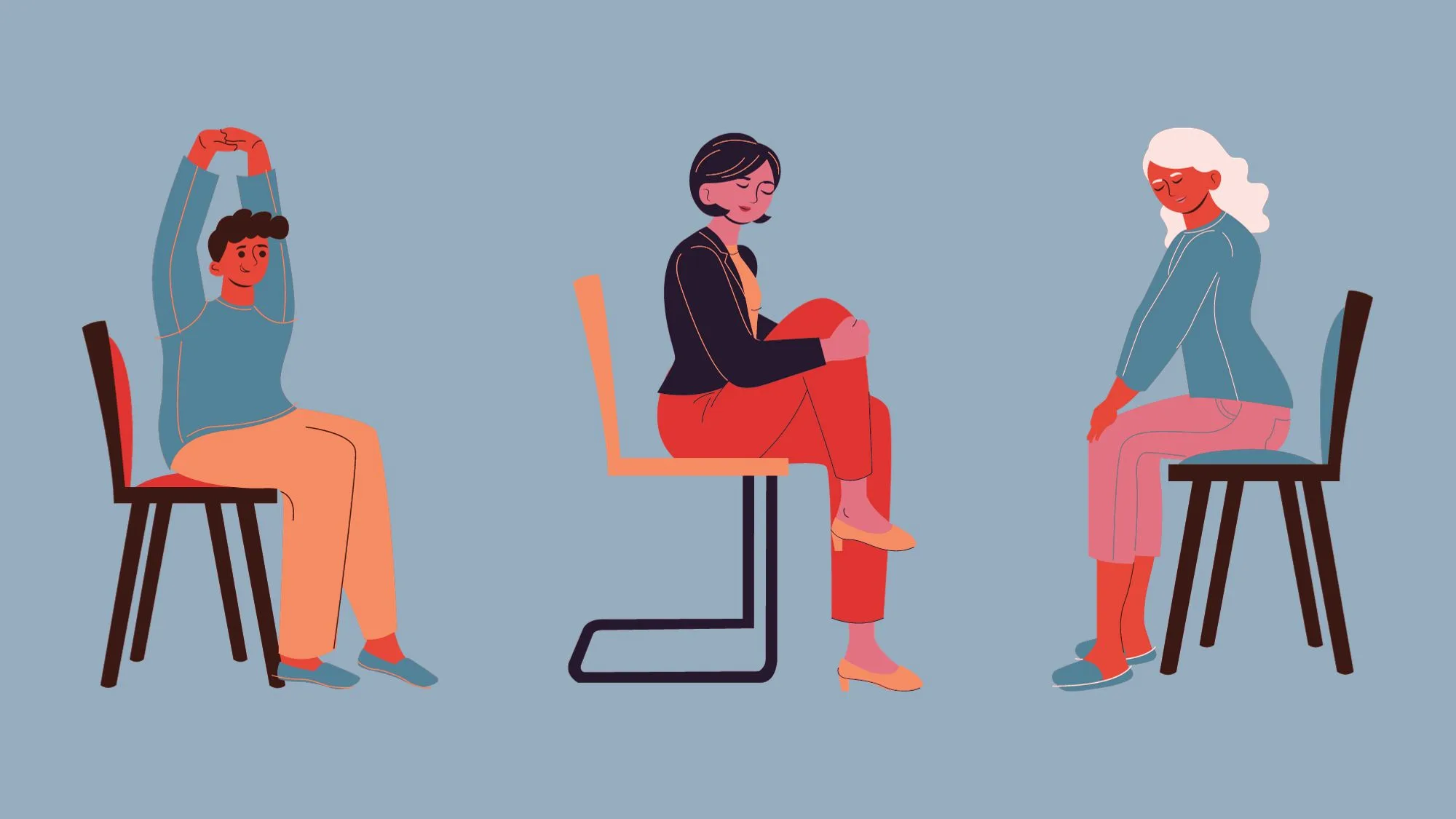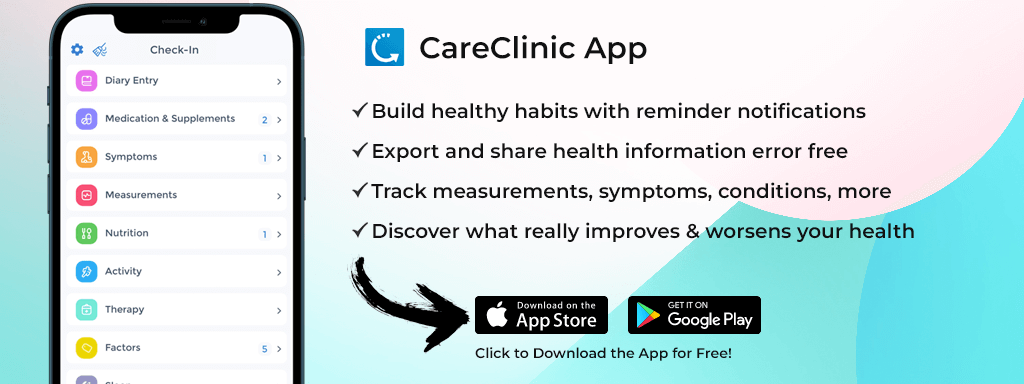
Postural Orthostatic Tachycardia Syndrome (POTS) is a complex disorder that affects the autonomic nervous system. Leading to symptoms such as rapid heartbeat, dizziness, fatigue, and fainting. While there is currently no cure for POTS, there are natural remedies that can help manage and alleviate its symptoms. In this article, we will explore the various natural remedies for POTS and how they can provide effective solutions for individuals living with this condition.[1][2][3][4][5][6]
Understanding Postural Orthostatic Tachycardia Syndrome (POTS)
Before delving into the natural remedies for POTS, it is important to have a clear understanding of the condition itself. Postural Orthostatic Tachycardia Syndrome, commonly known as POTS, is a complex disorder that affects the autonomic nervous system. It is characterized by an abnormal increase in heart rate when changing positions. Particularly from lying down to standing up. This rapid heartbeat can lead to a range of debilitating symptoms that significantly impact daily life.
POTS primarily affects young women, although it can occur in people of any age or gender. The exact cause of POTS is still unknown. However, it is believed to be a combination of genetic and environmental factors. Some studies suggest that POTS may be triggered by a viral or bacterial infection. While others point to a dysfunction in the autonomic nervous system.
Symptoms and Diagnosis of POTS
Common symptoms of POTS include lightheadedness, palpitations, brain fog, exercise intolerance, and gastrointestinal issues. These symptoms can vary in severity from person to person and may fluctuate throughout the day. The hallmark symptom of POTS is an increase in heart rate by 30 beats per minute or more within 10 minutes of standing up.
Diagnosis of POTS involves a comprehensive evaluation by a healthcare professional. Including a thorough medical history, physical examination, and specific tests to measure heart rate and blood pressure changes while changing positions. Additional tests, such as a tilt table test, may be performed to confirm the diagnosis.
It is important to note that POTS is often misdiagnosed or overlooked due to its complex nature and overlapping symptoms with other conditions. Therefore, it is crucial to consult with a healthcare professional experienced in diagnosing and treating POTS.
The Impact of POTS on Daily Life
POTS can have a profound impact on daily life. Making simple activities like walking, standing, or even showering is challenging. The symptoms of POTS can be debilitating and unpredictable, causing physical and emotional distress. Individuals with POTS often experience a significant decrease in their quality of life and may struggle with maintaining employment, social relationships, and overall well-being.
Living with POTS requires a multidisciplinary approach to manage symptoms and improve quality of life. Treatment plans often include a combination of medication, lifestyle modifications, and natural remedies. It is important to work closely with healthcare professionals to develop an individualized treatment plan that addresses the specific needs and goals of each person.
In addition to medical interventions, individuals with POTS may benefit from physical therapy to improve cardiovascular fitness and strengthen the muscles that support blood flow. Occupational therapy can also be helpful in developing strategies to manage daily activities and conserve energy.
Furthermore, adopting a healthy lifestyle is crucial for managing POTS symptoms. This includes maintaining a balanced diet, staying hydrated, and avoiding triggers such as excessive heat or stress. Engaging in regular exercise, under the guidance of a healthcare professional, can also help improve cardiovascular function and overall well-being.
Support from friends, family, and support groups can also play a significant role in coping with the challenges of living with POTS. Connecting with others who understand the condition can provide emotional support, valuable insights, and practical tips for managing symptoms.
While there is currently no cure for POTS, ongoing research and advancements in treatment options offer hope for individuals living with this condition. With proper management and support, many people with POTS are able to lead fulfilling lives and effectively manage their symptoms.[7][8]
The Role of Diet in Managing POTS
Diet plays a crucial role in managing POTS (Postural Orthostatic Tachycardia Syndrome) symptoms. By making informed food choices, individuals can optimize their nutrition and minimize symptom exacerbation. POTS is a condition characterized by an abnormal increase in heart rate upon standing. Leading to symptoms such as dizziness, lightheadedness, and fatigue.
When it comes to managing POTS, it is important to focus on a diet rich in nutrients that support cardiovascular health and stabilize blood sugar levels. Incorporating foods such as whole grains, lean protein, fruits, and vegetables can provide the body with the essential vitamins, minerals, and antioxidants it needs to function optimally. Whole grains, such as quinoa and brown rice, are excellent sources of fiber and can help regulate blood sugar levels. Preventing spikes and crashes that can worsen POTS symptoms.
Lean protein, such as chicken, fish, and tofu, is essential for muscle repair and growth. It also helps maintain steady blood sugar levels and provides a feeling of satiety. Preventing excessive snacking on unhealthy foods. Fruits and vegetables, especially those rich in potassium, such as bananas and leafy greens, can help regulate blood pressure and reduce the risk of dehydration, a common concern for individuals with POTS.
Hydration is also key in managing POTS symptoms. So be sure to consume an adequate amount of water throughout the day. Staying hydrated helps maintain blood volume and prevents symptoms like dizziness and fatigue. It is recommended to drink at least eight glasses of water per day, but individual needs may vary.
Foods to Avoid
On the other hand, certain foods can trigger or worsen POTS symptoms. It is advisable to limit or avoid foods that are high in sodium. As excess sodium can contribute to fluid retention and increase blood pressure. Processed foods, such as fast food, canned soups, and packaged snacks, are often high in sodium and should be avoided or consumed in moderation.
Individuals with POTS may also find it helpful to avoid caffeine and alcohol. Caffeine is a stimulant that can increase heart rate and blood pressure. Potentially exacerbating POTS symptoms. Alcohol, on the other hand, can cause dehydration and worsen symptoms like dizziness and fatigue. It is important to note that some individuals with POTS may tolerate small amounts of caffeine or alcohol, while others may need to avoid them completely.
In addition to caffeine and alcohol, it is recommended to limit or avoid foods that are high in refined sugars. These include sugary drinks, desserts, and processed snacks. Refined sugars can cause blood sugar spikes and crashes, leading to symptoms such as fatigue and lightheadedness.
Furthermore, individuals with POTS may benefit from avoiding trigger foods that are specific to their sensitivities. Keeping a food diary and tracking symptoms can help identify any potential triggers. Such as certain spices, dairy products, or gluten-containing foods.
A well-balanced diet plays a crucial role in managing POTS symptoms. By incorporating nutrient-rich foods and avoiding triggers, individuals with POTS can optimize their nutrition and improve their overall well-being. It is important to consult with a healthcare professional or registered dietitian for personalized dietary recommendations based on individual needs and sensitivities.
Herbal Remedies for POTS
In addition to dietary modifications, herbal remedies can be beneficial in managing POTS symptoms. Several herbs have been found to improve circulation, alleviate fatigue, and support overall well-being.
Living with POTS can be challenging. As the symptoms can greatly impact daily life. However, there are natural remedies that can provide relief and improve the quality of life for individuals with POTS. One such remedy is the use of herbal supplements. Which have been used for centuries to promote health and well-being.
Herbs Known to Improve Circulation
Ginkgo biloba and hawthorn are two herbs that have been traditionally used to improve blood circulation. Ginkgo biloba, derived from the leaves of the ginkgo tree, contains compounds that help dilate blood vessels. Which can enhance blood flow and reduce symptoms such as dizziness and lightheadedness. This herb has been used in traditional Chinese medicine for centuries. It is also known for its ability to improve cognitive function as well.
Hawthorn, on the other hand, has been shown to improve cardiac function and promote healthy blood flow. It contains antioxidants that help protect the blood vessels from damage and improve their elasticity. By enhancing blood flow, hawthorn can alleviate symptoms associated with POTS. Such as fatigue and shortness of breath.
Herbs for Managing Fatigue and Other Symptoms
Adaptogenic herbs, such as ashwagandha and rhodiola, are known for their ability to support the body’s response to stress and improve energy levels. These herbs can be particularly beneficial for individuals with POTS. As fatigue is a common symptom of the condition. Ashwagandha, an herb native to India, has been used for centuries to combat fatigue and enhance overall well-being. It helps the body adapt to stress and promotes a sense of calm and relaxation.
Rhodiola, on the other hand, is a herb that grows in cold regions of the world, including the Arctic and mountainous areas of Europe and Asia. It has been used in traditional medicine for centuries to combat fatigue and improve physical endurance. Rhodiola works by increasing the body’s resistance to stress and improving energy levels, making it a valuable herb for individuals with POTS who often experience fatigue and low energy.
However, it is important to note that while herbal remedies can be beneficial, it is always recommended to consult with a healthcare professional before incorporating any new supplements into your POTS management plan. They can provide guidance on the appropriate dosage and potential interactions with any medications you may be taking.
Herbal remedies can be a valuable addition to the management of POTS symptoms. Herbs such as ginkgo biloba, hawthorn, ashwagandha, and rhodiola have been traditionally used to improve circulation, alleviate fatigue, and support overall well-being. By incorporating these natural remedies into your POTS management plan, you may find relief from symptoms and improve your quality of life.
Lifestyle Changes to Alleviate POTS Symptoms
In addition to diet and herbal remedies, making certain lifestyle changes can greatly alleviate POTS symptoms and improve quality of life.
Importance of Regular Exercise
While intense exercise may not be advisable for individuals with POTS, low-impact exercises such as walking, swimming, and yoga can be highly beneficial. Regular exercise helps improve cardiovascular fitness, enhance blood flow, and boost overall well-being. The CareClinic App offers personalized exercise tracking and reminders, allowing individuals with POTS to carefully monitor their exercise routine and progress.
Stress Management Techniques
Stress can trigger POTS symptoms, so developing effective stress management techniques is crucial. Practices such as deep breathing exercises, meditation, and mindfulness can help reduce stress levels and promote relaxation. The CareClinic App provides a comprehensive suite of stress management tools, including guided meditation sessions and stress tracking features, to help individuals with POTS effectively manage stress and its impact on their symptoms.
The Power of Hydration in POTS Management
Hydration plays a vital role in managing POTS symptoms, as proper hydration helps maintain sufficient blood volume and prevent symptoms like dizziness and fainting.
How Hydration Affects Blood Volume
When individuals with POTS become dehydrated, their blood volume decreases, leading to reduced blood flow and increased symptom severity. To counteract this, it is essential to consume an adequate amount of fluids throughout the day and maintain a balanced electrolyte level. The CareClinic App offers hydration tracking features and reminders to ensure individuals with POTS stay properly hydrated.
Best Hydrating Drinks for POTS Patients
Water is essential for staying hydrated, but for individuals with POTS, electrolyte-rich drinks can provide an extra hydration boost. Coconut water, sports drinks, and electrolyte-enhanced beverages can replenish electrolytes lost through sweat and help maintain a healthy fluid balance in the body. Monitoring fluid intake through the CareClinic App can help individuals track their hydration goals and ensure optimal management of POTS symptoms.
Natural remedies can play a significant role in managing and alleviating symptoms of Postural Orthostatic Tachycardia Syndrome. By adopting a nutrient-rich diet, incorporating herbal remedies, making necessary lifestyle changes, and prioritizing hydration, individuals with POTS can effectively manage their symptoms and improve their quality of life. The CareClinic App serves as a valuable tool in tracking and managing POTS-related self-care activities, offering personalized features and functionality designed to enhance the self-care journey for individuals living with POTS.
Use the CareClinic App to Track Your Healthcare Journey
Take control of your POTS management with the CareClinic App, your companion in tracking and improving your health outcomes. With features tailored to the needs of POTS patients, the app allows you to monitor your diet, hydration levels, exercise routines, and stress management techniques—all in one place. By logging your daily intake of nutrient-rich foods and hydrating drinks, you can observe patterns and make informed adjustments. The app’s reminders ensure you stay on top of your exercise and hydration goals, while the stress-tracking functionality helps you manage triggers effectively. Experience the benefits of a personalized approach to managing Postural Orthostatic Tachycardia Syndrome and witness the improvement in your quality of life. Install App today and embark on a journey to better health with CareClinic.
References
- “At-Home Treatments for Postural Orthostatic Tachycardia Syndrome (POTS) | PainScale”. https://www.painscale.com/article/at-home-treatments-for-postural-orthostatic-tachycardia-syndrome-pots
- “Blog — Love Energy Wellness LLC”. https://www.loveenergywellness.com/learn-blogs
- “Understanding POTS: A Functional Medicine Perspective”. https://resolvemedical.us/2025/01/06/understanding-pots-a-functional-medicine-perspective/
- “How to Relieve POTS Symptoms – The Lucky Penny Blog”. https://www.theluckypennyblog.com/relieve-pots-symptoms/
- “Nutrition and Supplements for POTS: A Guide to Managing Symptoms – www greenheal.net”. https://greenheal.net/nutrition-and-supplements-for-pots-a-guide-to-managing-symptoms/
- “Effective Treatments for POTS – Buoy”. https://justaddbuoy.com/blogs/pots-resources/treatments-for-pots
- “POTS: Causes, Symptoms, Diagnosis & Treatment”. https://my.clevelandclinic.org/health/diseases/16560-postural-orthostatic-tachycardia-syndrome-pots
- “Postural Tachycardia Syndrome (POTS) | National Institute of Neurological Disorders and Stroke”. https://www.ninds.nih.gov/health-information/disorders/postural-tachycardia-syndrome-pots
- “The Best Diet For POTS: Foods To Eat & Avoid | Nourish”. https://www.usenourish.com/blog/pots-diet
- “The Best POTS Diet: Which Foods to Eat and Avoid – GoodRx”. https://www.goodrx.com/well-being/diet-nutrition/best-pots-diet


